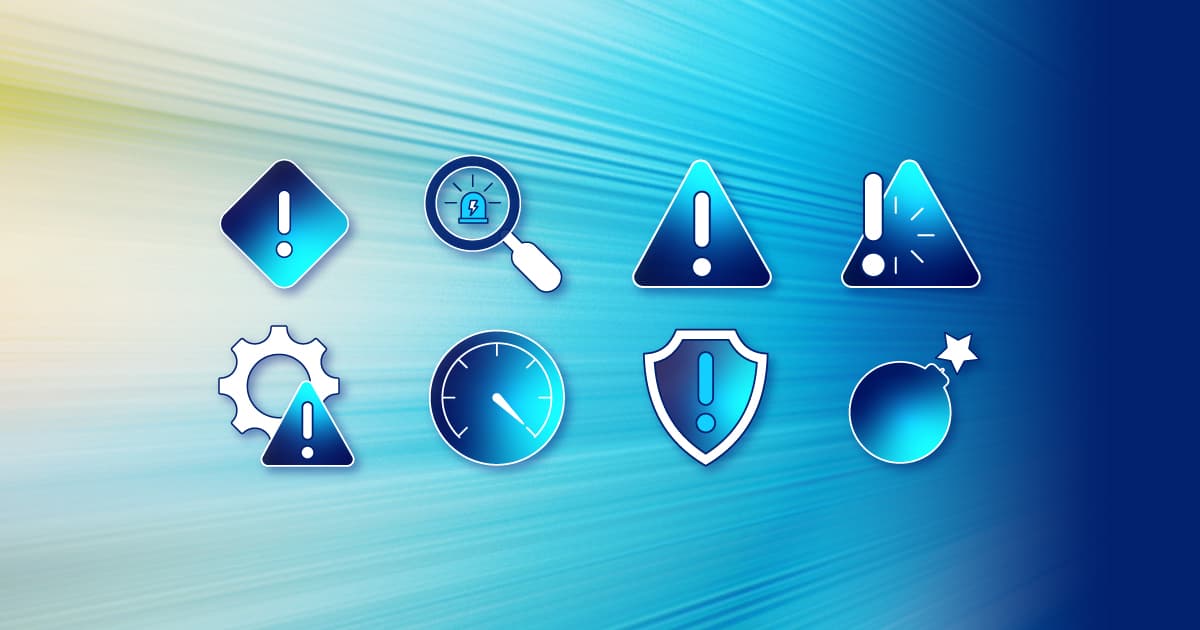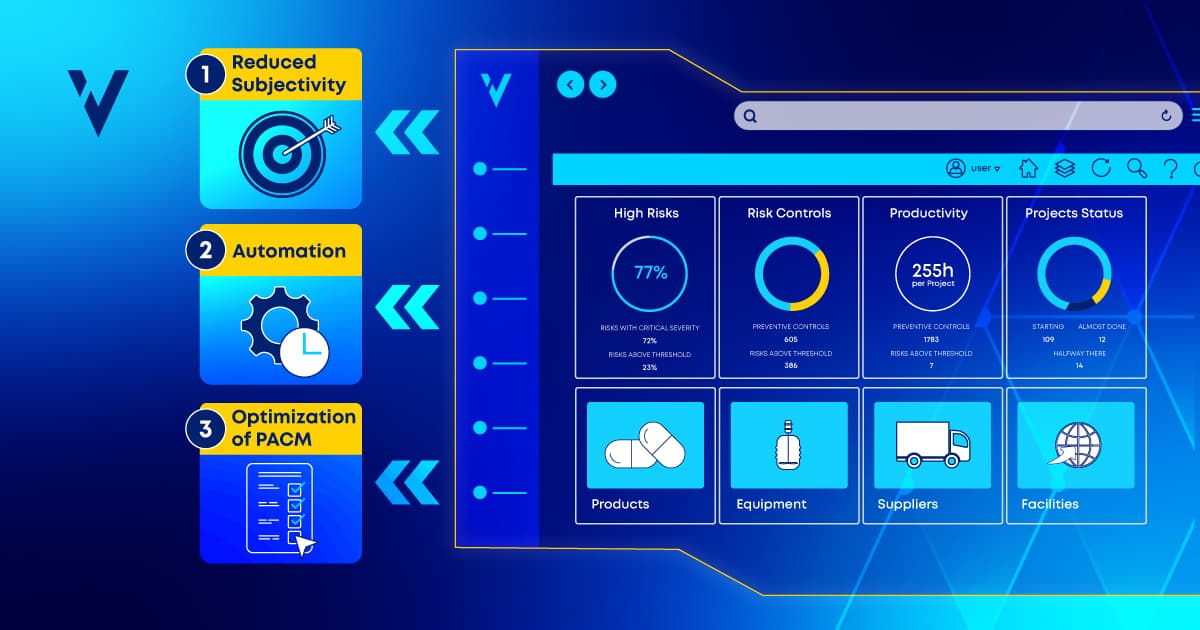One transformative approach making significant inroads across pharmaceutical and biopharmaceutical manufacturing is real-time monitoring (RTM). RTM technology's increasing popularity stems from its ability to allow manufacturers to oversee and fine-tune their production processes with unprecedented precision and speed.
This blog post explores RTM within the framework of ICH guidelines and process analytical technology (PAT), underscoring its vital role in contemporary pharmaceutical production.
Why Real-Time Monitoring?
Real-time monitoring delivers one main advantage to pharmaceutical manufacturing: Advanced Process Control (APC). APC uses RTM for real-time fault detection of any abrupt deviations in process parameters from typical operating ranges.
In this way, real-time monitoring revolutionizes traditional manufacturing. It does so by integrating physical sensors directly into the production process to monitor critical process parameters and their influence on the product's critical quality attributes.
Unlike conventional methods, which rely on periodic sampling and subsequent lab analysis, RTM provides immediate data acquisition. This instant feedback loop allows for immediate adjustments, ensuring processes remain within desired parameters, thereby increasing both product quality and yield.
What are the Key Benefits of RTM for Pharma and BioPharma
- Quality Assurance: RTM has a strong impact in environments like biopharma production, where even slight variations in process conditions can affect the integrity of biological products. By continuously monitoring critical variables, such as cell health, nutrient concentrations, and by-product levels, RTM helps maintain consistent quality and safety, minimizing the risks of batch failures and product recalls.
- Increased Efficiency: Real-time data enables manufacturers to react swiftly to any deviation from standard operating conditions, reducing the downtime and costs associated with batch reprocessing and disposal of nonconforming products. Real-time monitoring tools are important enablers of continuous manufacturing since they allow for faster response time and control, which is necessary for continuous processes.
- Cost Reduction: By optimizing the production process and reducing waste, RTM significantly lowers manufacturing costs. Additionally, the increased assurance of product quality reduces the financial risks associated with product failure and compliance issues.
How to Implement Real-Time Process Monitoring
The RTM tools used in pharma should be nondestructive and noninvasive. They should provide rapid and comprehensive information from the culture in real time, with accurate and actionable measurements.
Spectroscopic tools like near- and mid-infrared spectroscopy, fluorescence, and Raman spectroscopy play pivotal roles. These technologies offer noninvasive, rapid assessments and can withstand harsh production environments, providing reliable data across multiple batches without risking contamination. In fact, manufacturers can use these spectroscopic tools to monitor aspects from process parameters, such as pH, to product quality attributes, such as titer or even antibody glycosylation.
To effectively perform RTM, software platforms such as ValGenesis iCPV play a pivotal role in the monitoring of pharmaceutical processes. This software offers a robust solution for monitoring, comparing, and managing the process lifecycle. It integrates seamlessly with existing systems to provide a centralized, real-time view of critical process parameters (CPPs) and quality attributes.
ValGenesis iCPV automates data collection and report generation, reducing the reliance on manual input and increasing the accuracy and timeliness of data analysis. The platform's ability to quickly identify and correlate quality attributes and process variables enhances decision-making and ensures consistent product quality.
Future Trends and Predictions
The future of RTM looks promising, with potential enhancements from the integration of Internet of Things (IoT) devices and advances in artificial intelligence (AI).
These technologies are expected to improve the predictive capabilities of RTM systems, enabling them to anticipate failures and automate adjustments, further reducing human error and increasing efficiency. Moreover, a digital twin — a virtual replica of the manufacturing process — could allow for real-time process simulation and optimization.
Regulatory and Compliance Aspects
Understanding and navigating the regulatory landscape is crucial for the successful adoption of RTM.
Compliance with frameworks such as the FDA’s Process Analytical Technology (PAT) initiative and ICH guidelines (ICH Q8, ICH Q9, and ICH Q10) ensures that RTM systems not only enhance efficiency but also align with global standards for product safety and efficacy. These regulations encourage using RTM by emphasizing its role in consistent quality production.
Conclusion
Real-time monitoring is more than just a technological upgrade; it is a paradigm shift in pharmaceutical manufacturing. By providing a detailed, real-time overview of the production process, RTM empowers companies to produce high-quality drugs efficiently and cost-effectively, ultimately accelerating the delivery of life-saving treatments to patients who need them most.
As the pharmaceutical industry continues to evolve, the integration of advanced technologies like RTM will play a critical role in shaping its future. Whether you are a part of this industry or interested in the technological advancements transforming healthcare, now is the time to explore how real-time monitoring can innovate and streamline your operations.


